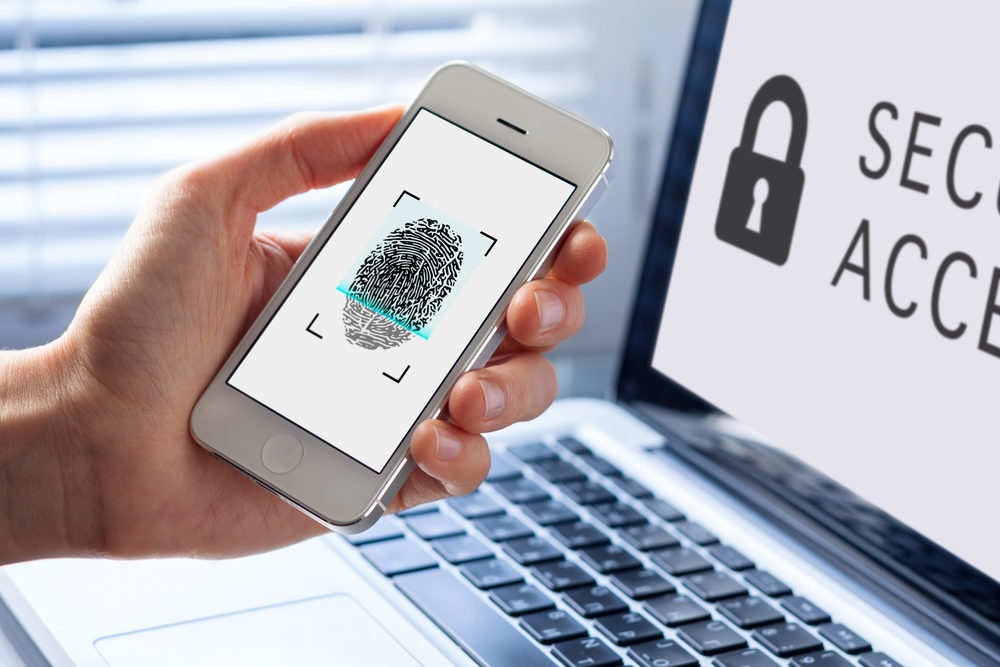 If you’re using the same password for multiple accounts, you’re making yourself vulnerable! If the bad guys have your credentials for one site, they can use tools to automatically test those credentials on other sites. So, if you are using the same password for multiple accounts, change that password immediately!
If you’re using the same password for multiple accounts, you’re making yourself vulnerable! If the bad guys have your credentials for one site, they can use tools to automatically test those credentials on other sites. So, if you are using the same password for multiple accounts, change that password immediately!
Here are some tips for creating new passwords:
- Create complex passwords that are at least eight characters with a combination of upper and lowercase letters, numbers, and symbols.
- Use passphrases as a password such as a phrase or a sentence. Make sure it is unique but make it something you can remember.
- Use a password generator, such as LastPass and 1Password to generate your passwords for you.
- Don’t use variations of your old passwords.
Stop, Look, and Think. Don’t be fooled.



 Hands Off My Data!
Hands Off My Data!
 It may be the start of the Holiday Season but don’t think that means the bad guys are on vacation! Black Friday and Cyber Monday are the busiest online shopping days and the bad guys are out to get rich with your money. After all, ‘tis the season for scams and phishing.
It may be the start of the Holiday Season but don’t think that means the bad guys are on vacation! Black Friday and Cyber Monday are the busiest online shopping days and the bad guys are out to get rich with your money. After all, ‘tis the season for scams and phishing.

 HSBC: One of the largest banking and financial services organizations in the world, HSBC is based in London and has offices in 80 countries.
HSBC: One of the largest banking and financial services organizations in the world, HSBC is based in London and has offices in 80 countries.
 Game over! The bad guys are now targeting Fortnite and League Of Legends players. They are offering “free” v-bucks, a digital currency purchased with real money to buy virtual goods in Fortnite, to phish users and learn their credentials. Instead of getting an exciting new skin for their favorite Fortnite character, they could be giving away their identity to the bad guys. As for League of Legends, the bad guys are using fake landing sites to steal passwords which are often reused. They can then use this information to gain access to other accounts the user may have, including Fortnite.
Game over! The bad guys are now targeting Fortnite and League Of Legends players. They are offering “free” v-bucks, a digital currency purchased with real money to buy virtual goods in Fortnite, to phish users and learn their credentials. Instead of getting an exciting new skin for their favorite Fortnite character, they could be giving away their identity to the bad guys. As for League of Legends, the bad guys are using fake landing sites to steal passwords which are often reused. They can then use this information to gain access to other accounts the user may have, including Fortnite.